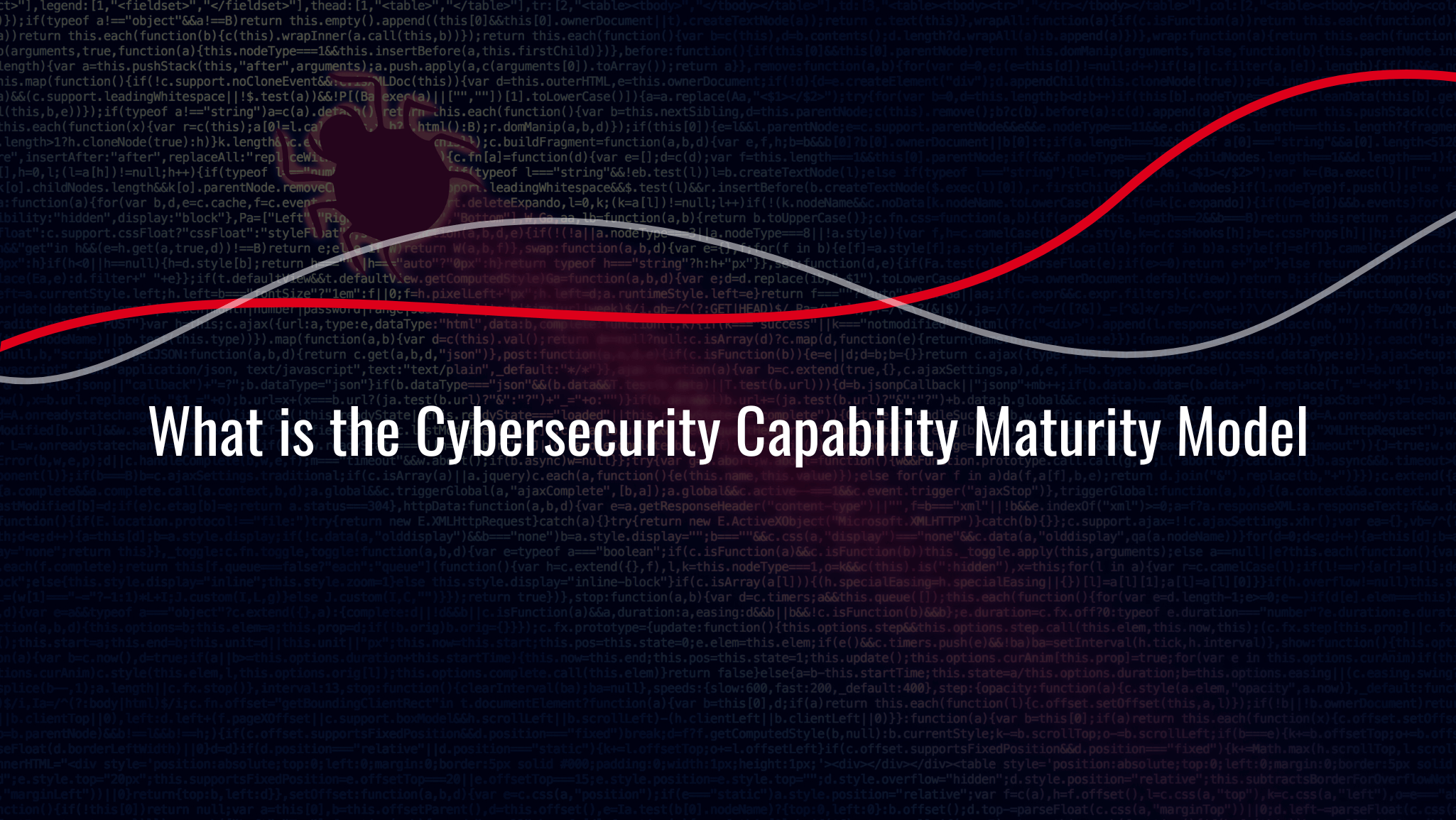What is Social Engineering?
Social engineering is focused on exploiting human errors. Psychological manipulation is the main activity attackers perform to launch social engineering attacks.

Companies with digital assets are constantly at risk of cyberattacks, especially as cybercriminals experiment with ever-more-intricate techniques. The Cybersecurity Capability Maturity Model is a “road map” for companies seeking to establish or improve their cyber defenses.
This article defines the cybersecurity capability model and describes its features and advantages.
A maturity model is a free tool that provides a standardized method for cybersecurity experts to evaluate the development of their cybersecurity programs over time. It aids the company in setting priorities, allocating resources, managing risks and being ready for attacks.
In the 1980s, software engineering began to develop maturity models. The Capability Maturity Model (CMM) was created to aid the United States Department of Defense in evaluating the maturity of a contractor’s processes. Its job was to estimate the likelihood of delivering a successful software project. After that, capability maturity models have since spread to numerous fields, including cybersecurity, business process management, and service management.
The United States Department of Energy created the most popular cybersecurity capability maturity model, C2M2, in 2012, with over 350 cybersecurity practices to evaluate the security status of the electricity sector. Later, many companies adopted the C2M2 model to establish a roadmap for improving their cybersecurity over time, determine their appropriate levels of cybersecurity maturity concerning the level of risk they faced, and prioritize the necessary actions and investments.
The C2M2 model has 350 cybersecurity practices divided into domains. Each cybersecurity practice has a maturity indicator level (MIL) showing how it has developed over time. The C2M2 model’s fundamental components are as follows:
The cornerstone of the cybersecurity capability maturity model is the practice, and each practice precisely describes a cybersecurity activity the company may carry out. Each domain’s practices are grouped into objectives that can be fulfilled by putting those objectives into practice.
There are ten critical domains, each representing a set of practices and concentrating on a particular subject area. In other words, domains group the cybersecurity practices in the capability maturity model. Following are the ten domain categories:
The cybersecurity capability maturity model uses a scale of maturity indicator levels (MIL) to evaluate advancement. Companies reach that level when implementing the cybersecurity procedures outlined in each MIL. These four MILs are:
MIL0 signifies that the cybersecurity procedures in MIL1 have not been implemented. The company remains in the MIL0 as long as even one of the domain’s MIL1 practices still needs to be executed.
MIL1 denotes the execution of the fundamental cybersecurity procedures that every business must follow.
According to MIL2, cybersecurity practices are becoming increasingly comprehensive, sophisticated, and integrated into how the company runs:
Compared to MIL2 practices, MIL3 indicates that cybersecurity practices have advanced:
All businesses must comply with MIL1 to create a cybersecurity strategy. MIL2 and MIL3 differ depending on the circumstances and sector of the company.
There are numerous advantages to using and adhering to the cybersecurity capability maturity model, including:
Implementing a proactive cyber security strategy is impossible when cybersecurity professionals are constantly bombarded with new cyber threats. Using a cybersecurity capabilities maturity model is an efficient and timely method for developing a cybersecurity strategy, as it helps to clarify what is the most pressing issue and provides breathing room for considering the next steps.